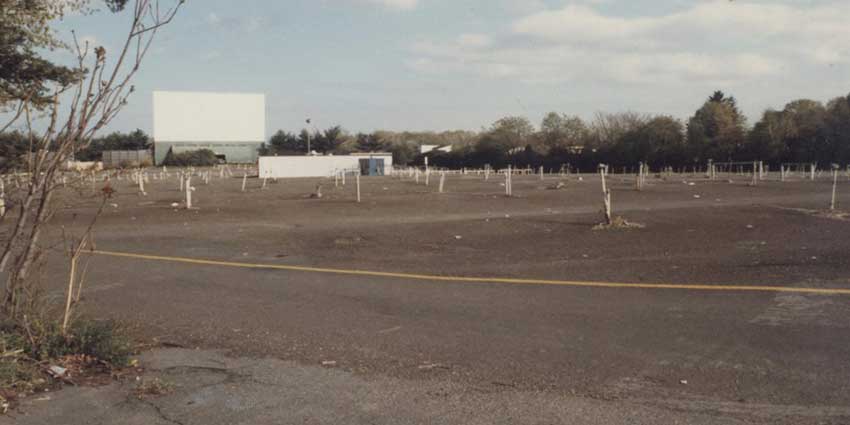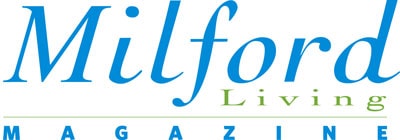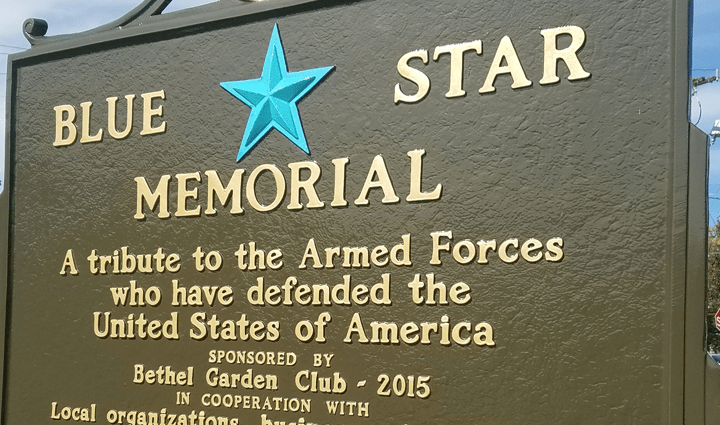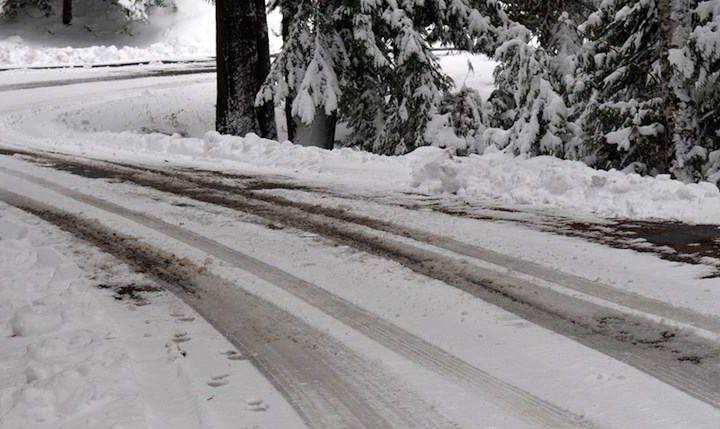
“Stranded at the Drive-In, branded a fool. What will they say, Monday at school?” So sang John Travolta after his girlfriend, Sandy dumped him at the Drive-In in the 1978 film, Grease. For generations, Drive-Ins were where Americans went for their recreation, both cinematic and otherwise. Milford was once the tip of the spear of the Drive-In revolution. What started in the 1930’s in a few states, had by the 1950’s grown into over 4,000 theaters across the country. For almost fifty years, the land where Boston Post Road and Cherry Street intersect, was home to Connecticut’s first Drive-In movie theater. Going to a Drive-In movie was as big a part of Americana as baseball and apple pie, but as times changed, one by one the theaters vanished. It happened across the country and it happened here. The place where teenagers and families once piled into their cars to watch Humphry Bogart and Vincent Price flicker on the big screen is long gone. Nowadays if you’re in Milford stranded at the Drive-In and branded a fool, you’re in Milford New Hampshire, where one of the last 338 Drive-Ins in the country still exists. From boom to bust, what was once a rite of passage and a cultural touchstone suddenly went the way of the dinosaur. The story of America’s Drive-Ins plays out like the story of so many other American industries, the days of pulling your Studebaker off the Post Road and laying down two bits to see Hollywood’s latest hit, are just a fond, distant memory.
At 8:00 p.m. on Friday May 26 1939, Connecticut’s first “open air automobile theater” opened to the public. The previous night local and state politicians were offered a sneak preview of the new outdoor movie technology. To ensure that the 500 car capacity Drive-In would be filled seven nights a week, advertisements and newspaper articles from the Milford News and the Waterbury Republican touted all the conveniences and perks that came with a Drive-In movie. “Occupants of each car will enjoy the privacy of their own car, smoking or talking among themselves without disturbing others. One may dress entirely to suit himself, a welcome feature during the warm summer evenings.” Another advertisement likened the automobile to a “private box” at the theater and promoted the idea that you could bring the children with you instead of hiring a babysitter. “There’ll be no need hiring a maid to look after the children, for you’ll be able to bring them along and when they get sleepy they can slumber perfectly in your own car until you return home.” In keeping with the family friendly environment, children under ten years old were admitted for free. When the theater finally opened, movie goers thronged to watch feature movies, short subjects, cartoons and newsreels on Connecticut’s largest movie screen, which measured forty-five feet high by fifty-five feet wide. Seven days a week, from 8:00 p.m. to 2:00 a.m. Connecticut’s first Drive-In packed them in just like the movie houses of the day, thirty-five ushers on bicycles rode alongside customers’ cars to assist them to their parking spots. The programs which were handed out at each screening encouraged customers to “kindly leave your name and address with one of our ushers we will be pleased to mail you our regular program of coming attractions.”
After WWII, Drive-In theaters became increasingly popular. Where there had only been 160 before the war, there were more than 1,000 by 1949 and over 4,000 by the mid-1950’s. At its peak, Connecticut was home to forty-two Drive-Ins. From its opening, Milford’s theater thrived; free admission for children under the age of ten paid off when it came to the popcorn and candy concessions which brought in more money than the movies themselves. In the 1950’s, the kid friendly atmosphere at the Milford Drive-In was best exemplified by their hiring of Bozo Kelly, who billed himself as the “King of Clowns” and gave pony rides before the show. In the 1960’s the pony rides were replaced by nightly fire engine rides. By the 1960’s, Drive-In theaters began to feel the effects of a changing economy. To assist with falling revenues, on weekend days, Milford Drive-In became the home to Keets flea market, which according to its founder, Keet Hensely, was one of the first open air flea markets in the United States.
In the 1970’s the cumulative effect of television, daylight savings, short New England summers, and multiplexes started cutting into the Drive-Ins single screen business model. Multi-screen theaters could afford to pay more for first run movies, which meant Drive-Ins, started to show cheaper B movies, horror, and adult films. Families no longer piled into the car for a night of open air movies. Drive-Ins became synonymous with rowdy behavior, partying, and trouble. Across the country, one by one, they began to vanish. Finally in 1988, to make way for a new Showcase Cinema multiplex, the wrecking ball showed up at the Milford Drive-In. After almost fifty years, thousands of movies and countless memories, the Milford Drive-In was gone.
While most of America’s Drive-Ins are gone, they are certainly not forgotten. Popular culture is full of songs, movies and books that praise and lament the loss of our beloved Drive-Ins. Chris Ledoux’s song, Last DriveIn, sums up the loss that people felt when their Drive-Ins went away for good”And it stood like a landmark for forty years
We never thought we’d live to see It fall it to the ground and then Just disappear like so many childhood dreams And we’d sang goodbye…”
In (ital)Field of Dreams, James Earl Jones explains that the only constant besides baseball in America is change, “…America has rolled by like an army of steamrollers. It’s been erased like a blackboard, rebuilt, and erased again…” Americans love baseball but they also love their movies. So maybe that that old Drive-In that stood at Cherry Street and once packed ‘em in, was the real (ital)Field of Dreams. There are still three Drive-Ins in Connecticut, (Pleasant Valley, Mansfield, and Southington Theaters) for you to plan a visit.




